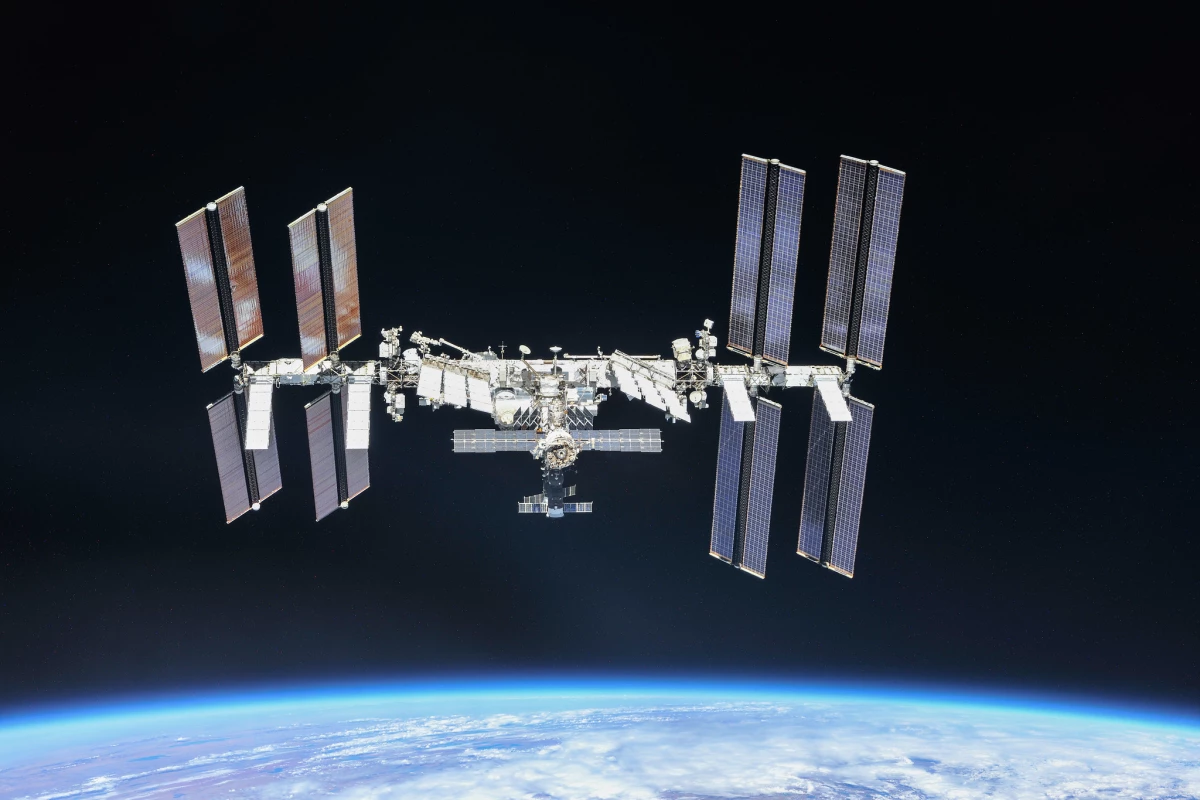The International Space Station (ISS) made an emergency course correction to move it out of the path of a then-unidentified piece of space debris earlier this week. The Russian Progress 75 cargo ship fired its thrusters for 150 seconds in order to make the maneuver, altering the station's orbit by 5 km to allow the debris to pass at a distance of 1.39 km.
Tuesday's incident was not unprecedented. NASA says that the ISS has had to carry out such avoidance maneuvers 25 times between 1999 and 2018. However, this latest one came with very little warning, so the station crew of two Russians and one American had to evacuate to the Russian segment near the Soyuz MS-16 spacecraft, which doubles as the station's lifeboat, and sealed the hatches.
After the maneuver, mission control gave the all clear, the crew unsealed the hatches and returned to duty.
Though the debris was originally unidentified, Thomas MacDowell, an astronomer at the Harvard-Smithsonian Center for Astrophysics, said on his Twitter account that the object was part of the Japanese H-2A F40 rocket stage, which launched in 2018 before breaking into fragments.
Space debris has become an increasing concern in recent years with over 7,600 tonnes of fragments and disused satellites and rockets orbiting the Earth. Some of these are no larger than a paint fleck, but a paint fleck moving through the vacuum of space at hypersonic speed can be as damaging as a .50 caliber bullet. This week's ISS incident not only illustrates that such fragments can appear with very little warning, but also that the problem has a potential to get even worse.
Today, governments and private enterprises are not just launching single satellites, but whole constellations. In addition, the rise of tiny CubeSats mean that traffic in low-Earth orbit is going to get even more crowded, making it more important than ever to make sure that new satellites include in their design the means of either decaying their orbits or boosting into graveyard orbits at the end of their service life, as well as developing ways to maintain satellites in orbit or to clear them away.
Source: NASA





